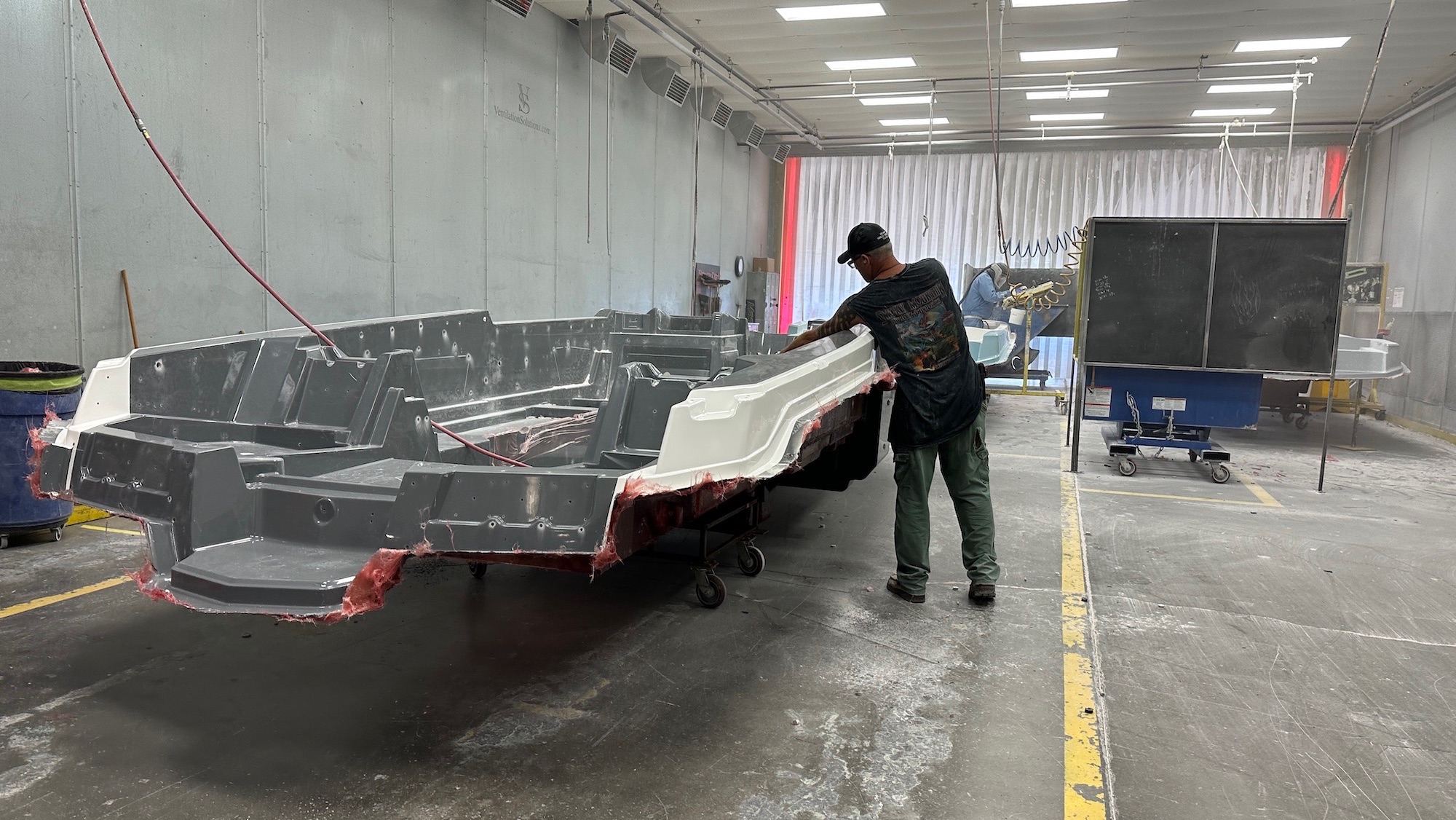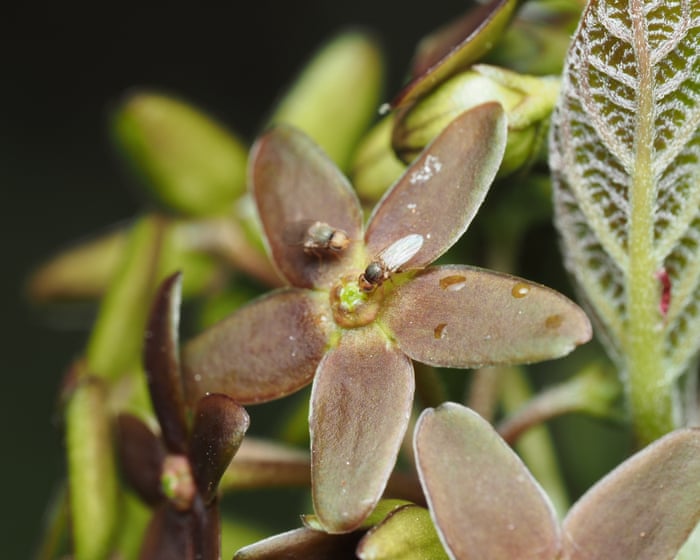How Did Maria Branyas Morera, Who Was the World’s Oldest Person, Live So Long?
NeutralScience
Maria Branyas Morera, recognized as the world's oldest person, has sparked interest among researchers in Spain who attribute her remarkable longevity to a combination of genetic factors. While they suggest she won a 'genetic lottery,' experts emphasize that genetics and microbiomes alone cannot fully explain why some people live exceptionally long lives. This discussion is important as it sheds light on the complex interplay of genetics, lifestyle, and environmental factors in aging, encouraging further research into how we can promote healthier, longer lives.
— Curated by the World Pulse Now AI Editorial System






